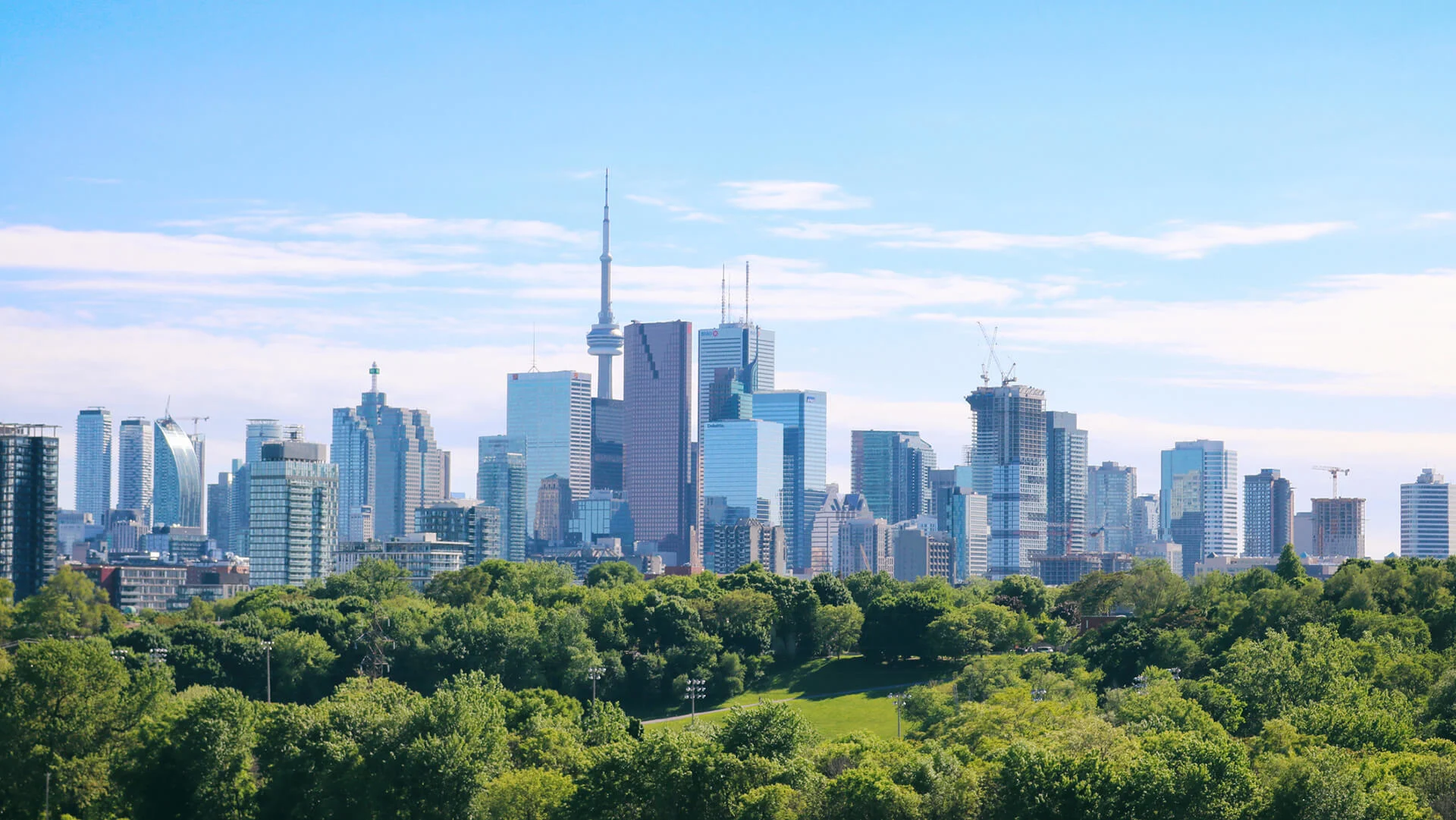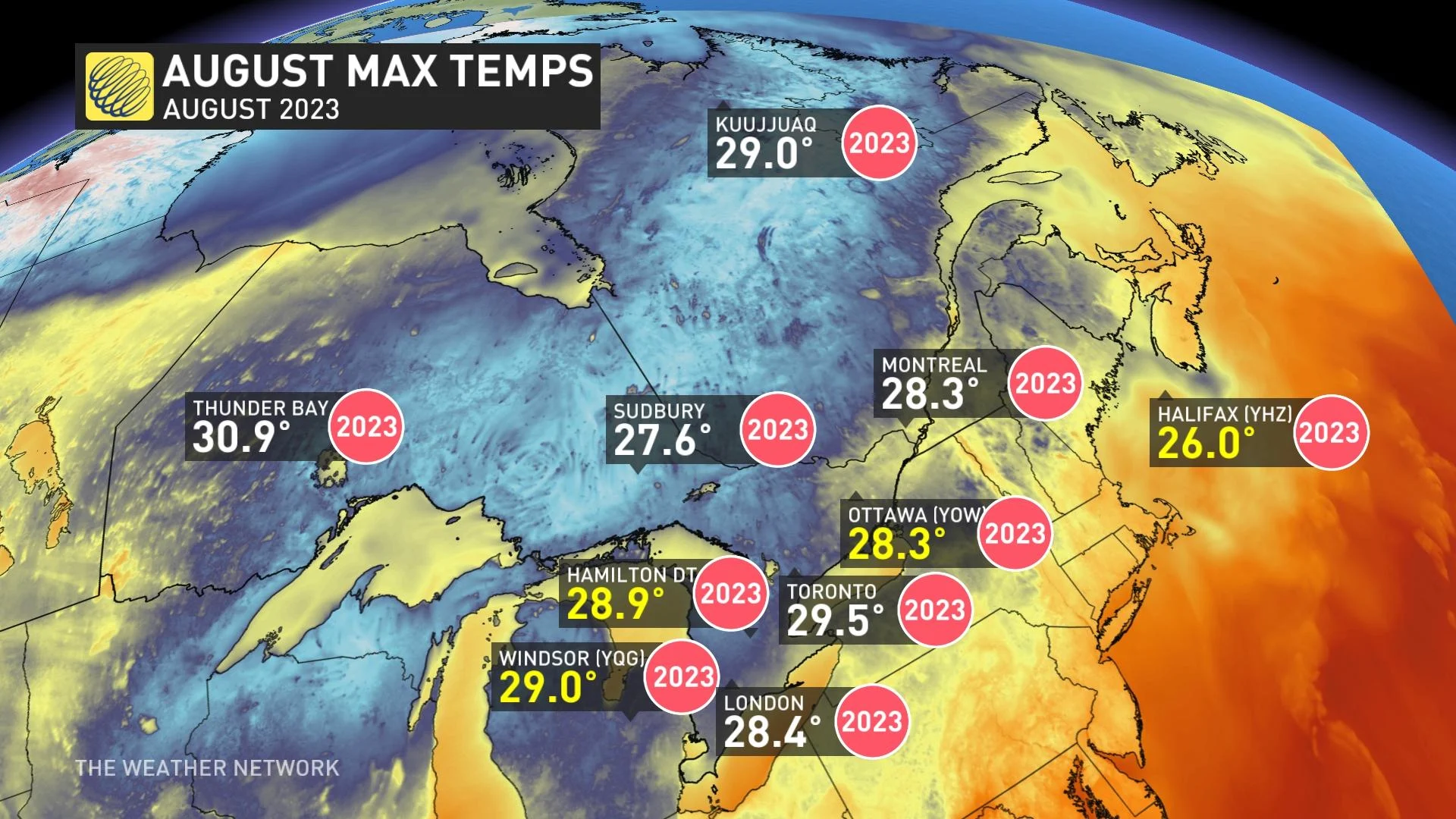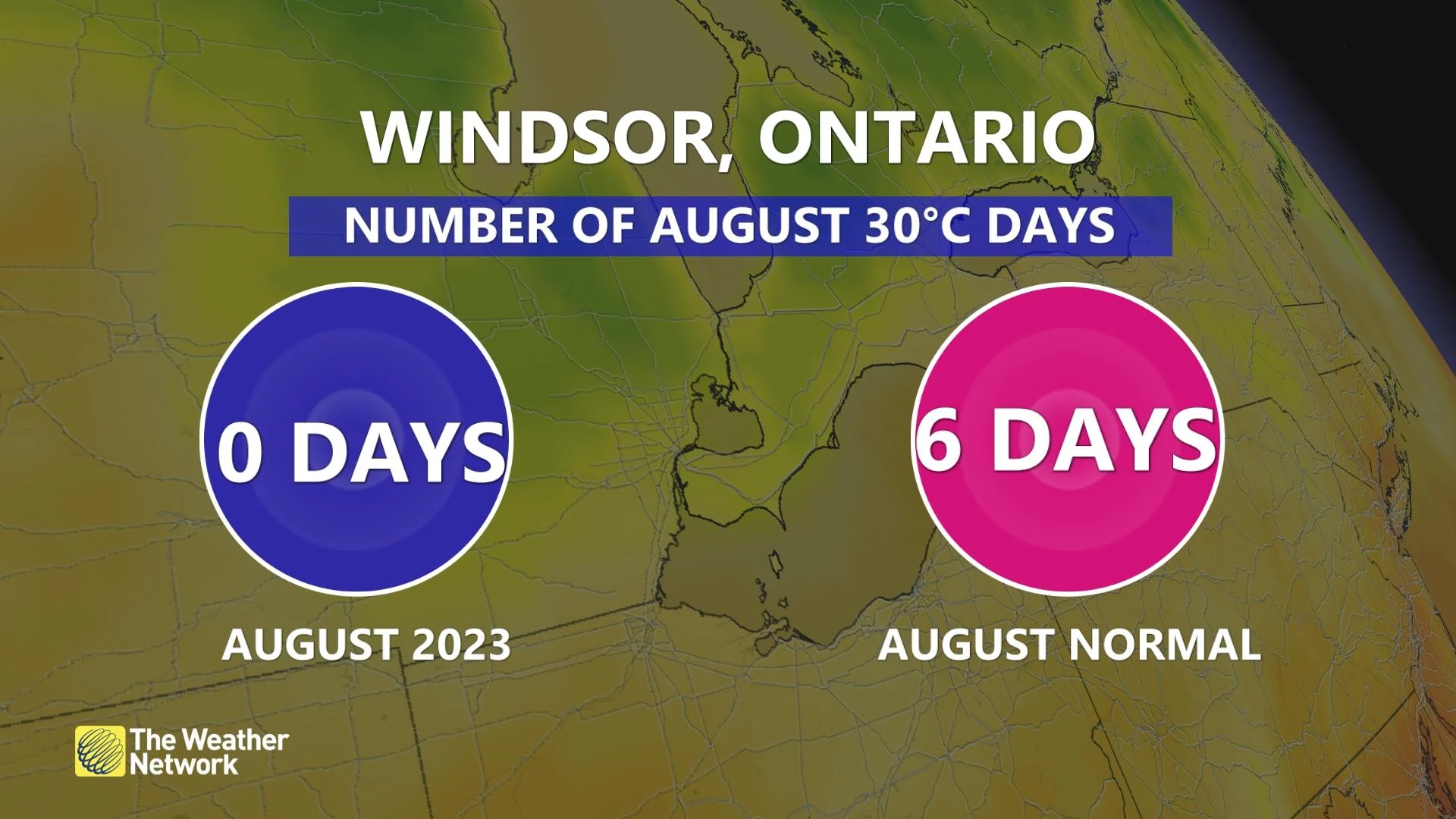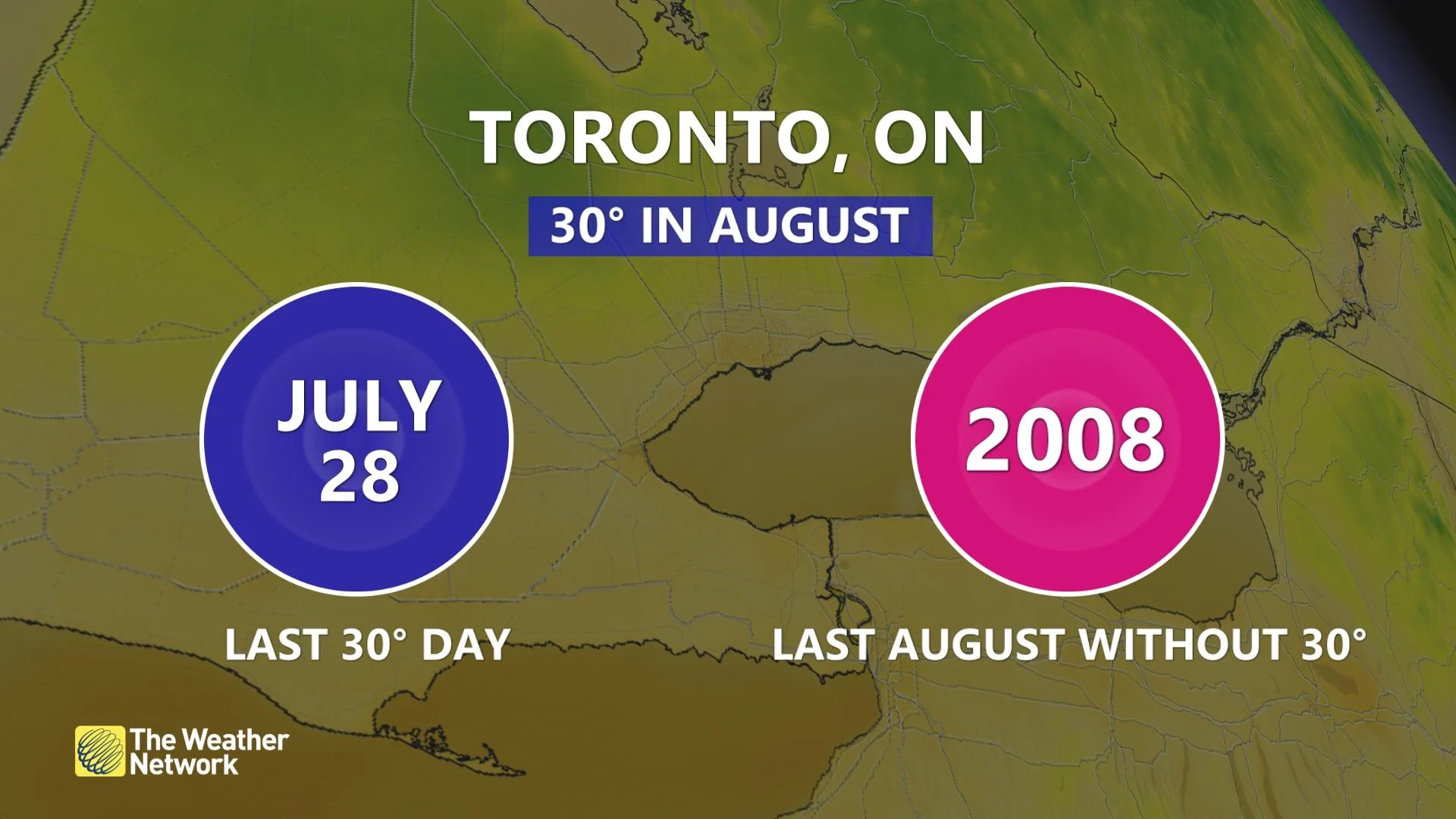
Where’s the heat? Many Canadian cities failed to hit 30 degrees in August
The relentlessly active weather we’ve seen across the eastern half of Canada this season is proof that extreme heat isn’t the only trick up summer’s sleeve
It’s been a summer of extremes across the eastern half of the country as folks in Ontario and Quebec dealt with exceptionally stormy conditions and historic rains drenched the East Coast.
But for all of the wild conditions we’ve seen throughout the region this summer, the only thing that seems to be missing is extreme heat.
SEE ALSO: This Canadian city just endured its wettest month on record
Plenty of cities throughout Ontario, Quebec, and the Maritimes failed to hit 30°C at all this August and some of those communities saw their coldest daytime highs ever recorded for the final month of meteorological summer.

Folks down in Windsor, who typically bask in the warmest air in Ontario, would see about six 30-degree days in a typical August.
The warmest temperature we saw in Windsor, Ont., this month was 29.0°C — not only unusual, but the coolest maximum high temperature ever measured there in August. In other words, Windsor had never seen an August day only top out at 29.0°C until this month.
It’s a similar story in Ottawa and Hamilton, Ont., where the warmest temperature recorded this month set the record for the lowest high temperature we’ve ever seen in those locations during the month of August. Halifax, N.S., also set a similar record, with the city’s warmest high coming in at 26.0°C so far this month.

Cooler-than-usual conditions haven’t remained confined to the southern latitudes, either. The warmest temperature we’ve seen this summer up in Iqaluit, Nvt., was 16.2°C back on July 15. This was the lowest high temperature during the summer we’ve seen since 1976—every year since then has seen at least one daytime high temperature warmer than Iqaluit’s warmest high this summer.
What’s behind the lack of warmth?
The jet stream’s position over Canada had a significant effect on the country’s fortunes this summer. For much of the season, we saw intense ridging in the West while persistent troughs dug across the East. Ridges foster warmer weather, while troughs often bring unsettled and cooler conditions.

As a result, we’ve seen intense heat and a historic wildfire season across Western Canada, while folks in Ontario, Quebec, and the Maritimes dealt with near-weekly severe weather outbreaks and bouts of flooding rains.
The same systems that brought stormy conditions to the East also kept conditions on the cooler side. Toronto saw clouds for 66 per cent of the month in August, making for the city’s cloudiest month since March. Cooler temperatures followed the storms and the clouds, affording the eastern half of the country a relative break from the extreme heat we’ve seen in recent years.
Thumbnail courtesy of Katrin Ray Shumakov/Moment/Getty Images.











